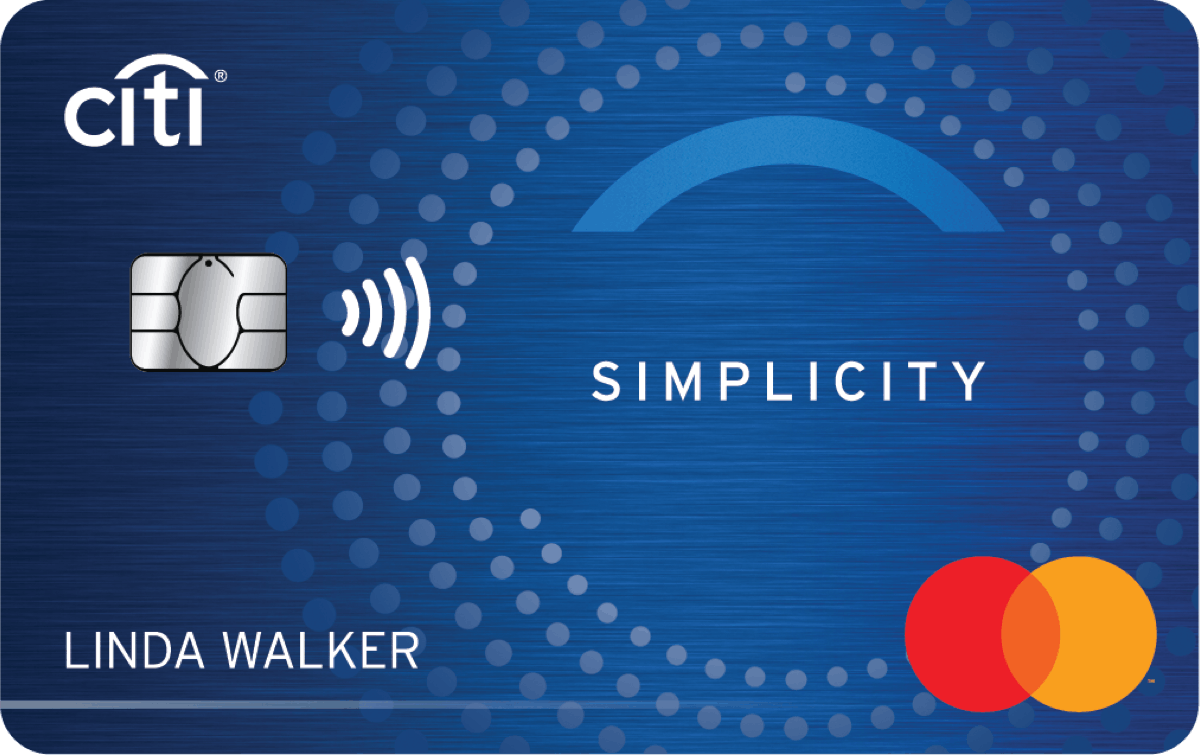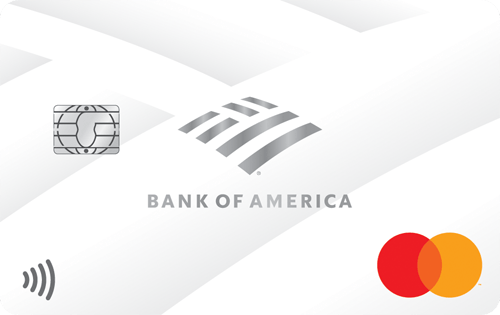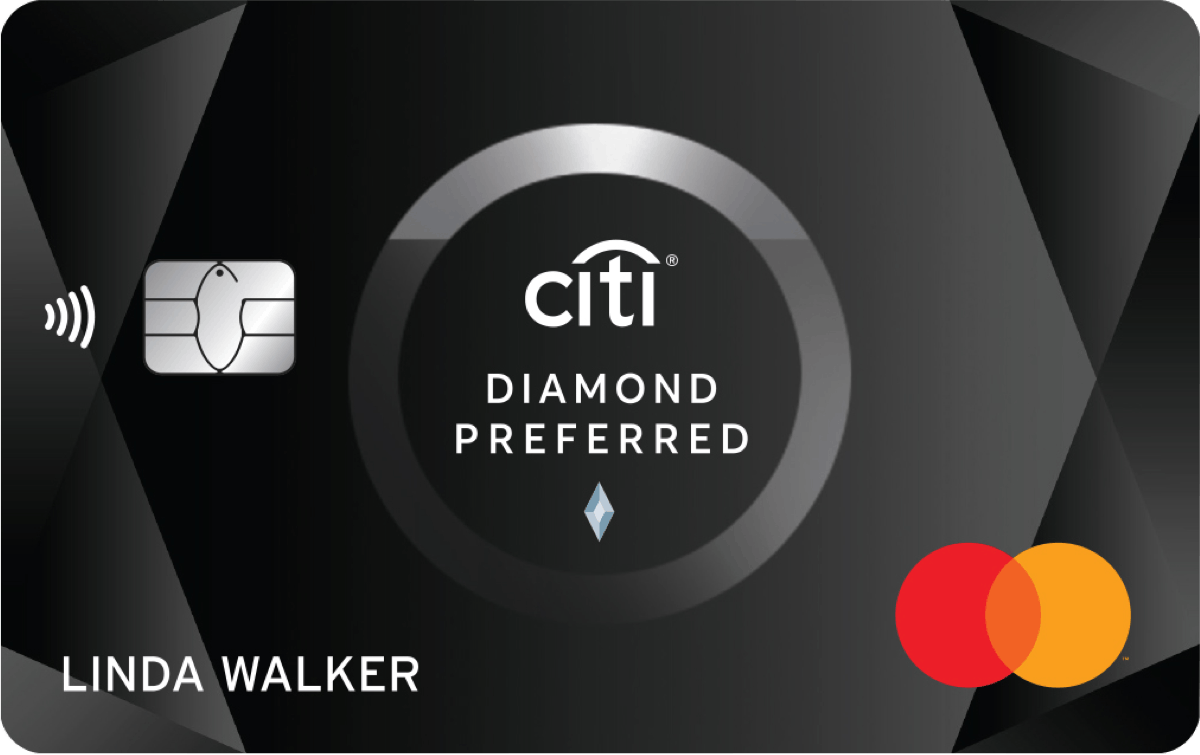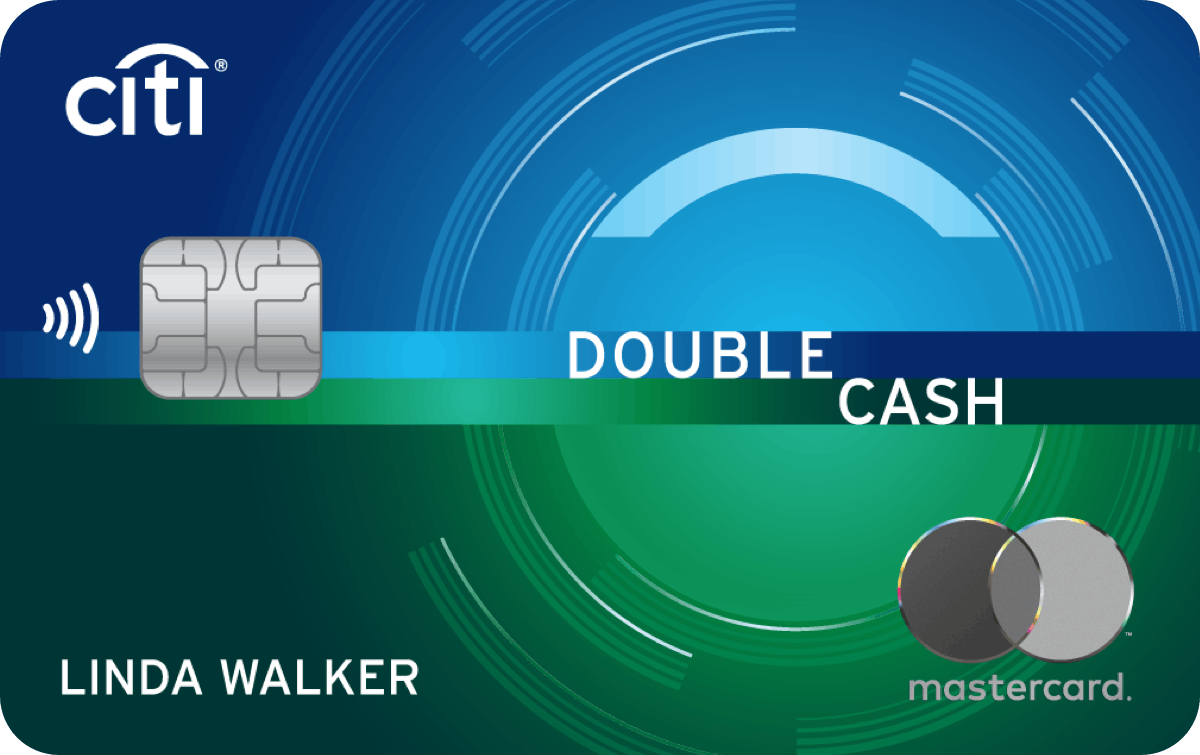This offer is no longer available on our site: BankAmericard® credit card
Key takeaway: The best balance transfer credit cards offer long 0% intro APR periods and low transfer fees to help you pay down debt faster. Balance transfers work best when the interest you’ll save is greater than the fee and you can pay off the balance within the promotional period.
Best for people who might forget to pay back in time: Citi Simplicity® Card
Here’s why: The Citi Simplicity® Card has an 0% introductory APR for 21 months on balance transfers and for the first 12 months on purchases from date of account opening (you may see different offers on Credit Karma), plus no late fees or penalty APR for late payments.
To get the promotional rate, you’ll need to complete any balance transfers within four months of opening your account. The card has a balance transfer fee: Intro fee 3% of each transfer ($5 minimum) completed within the first 4 months of account opening. After that, 5% of each transfer ($5 minimum).
After the intro periods, you’ll be charged a variable APR of 17.49% - 28.24% for purchases and balance transfers.
Best for a long 0% intro APR: Wells Fargo Reflect® Card
Here’s why: The Wells Fargo Reflect® Card offers a lengthy intro APR period — 21 months from account opening — for balance transfers and purchases.
The 0% intro APR applies to purchases as well as balance transfers made within 120 days from the day you open your account. Once the intro period ends, the card’s ongoing APR for both balance transfers and purchases jumps to a variable 17.49%, 23.99%, 28.24%.
The balance transfer fee is 5% (minimum $5) of the total balance transferred.
Best for a long 0% intro APR: BankAmericard® credit card
Here’s why: The BankAmericard® credit card gives you a 0% introductory APR for 18 billing cycles for purchases as well as for balance transfers made in the first 60 days after opening your account.
Both APRs then rise to a variable 14.74% to 24.74%. The card charges a balance transfer fee: 3% of the amount of each transaction during the first 60 days. After that, the fee is 4%.
Best for time to transfer your balances: Citi® Diamond Preferred® Card
Here’s why: With the Citi® Diamond Preferred® Card, you’ll have four months from account opening to complete any balance transfers to get the 0% intro APR for 21 months.
The card has a balance transfer fee of 5% (minimum $5) of each transfer. After the intro period, the variable APR will be 16.49% - 27.24%.
You’ll also get a 0% intro APR on purchases for the first 12 months from account opening. After that, the variable APR is 16.49% - 27.24%.
Best for simple cash back: Citi Double Cash® Card
Here’s why: For straightforward cash back along with a solid intro APR offer on balance transfers, the Citi Double Cash® Card is worth considering.
You’ll get a 0% intro APR for 18 months from the date of account opening on balance transfers completed within four months of opening your account. After the intro period, the variable APR will be 17.49% - 27.49%. The card has a balance transfer fee: Intro fee 3% of each transfer ($5 minimum) completed within the first 4 months of account opening. After that, 5% of each transfer ($5 minimum).
The Citi Double Cash® Card also offers a flat 2% cash back on every purchase you make — 1% back when you make the purchase and then another 1% back when you pay it off.





